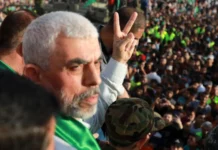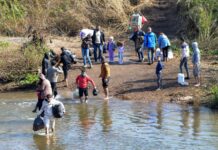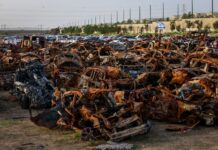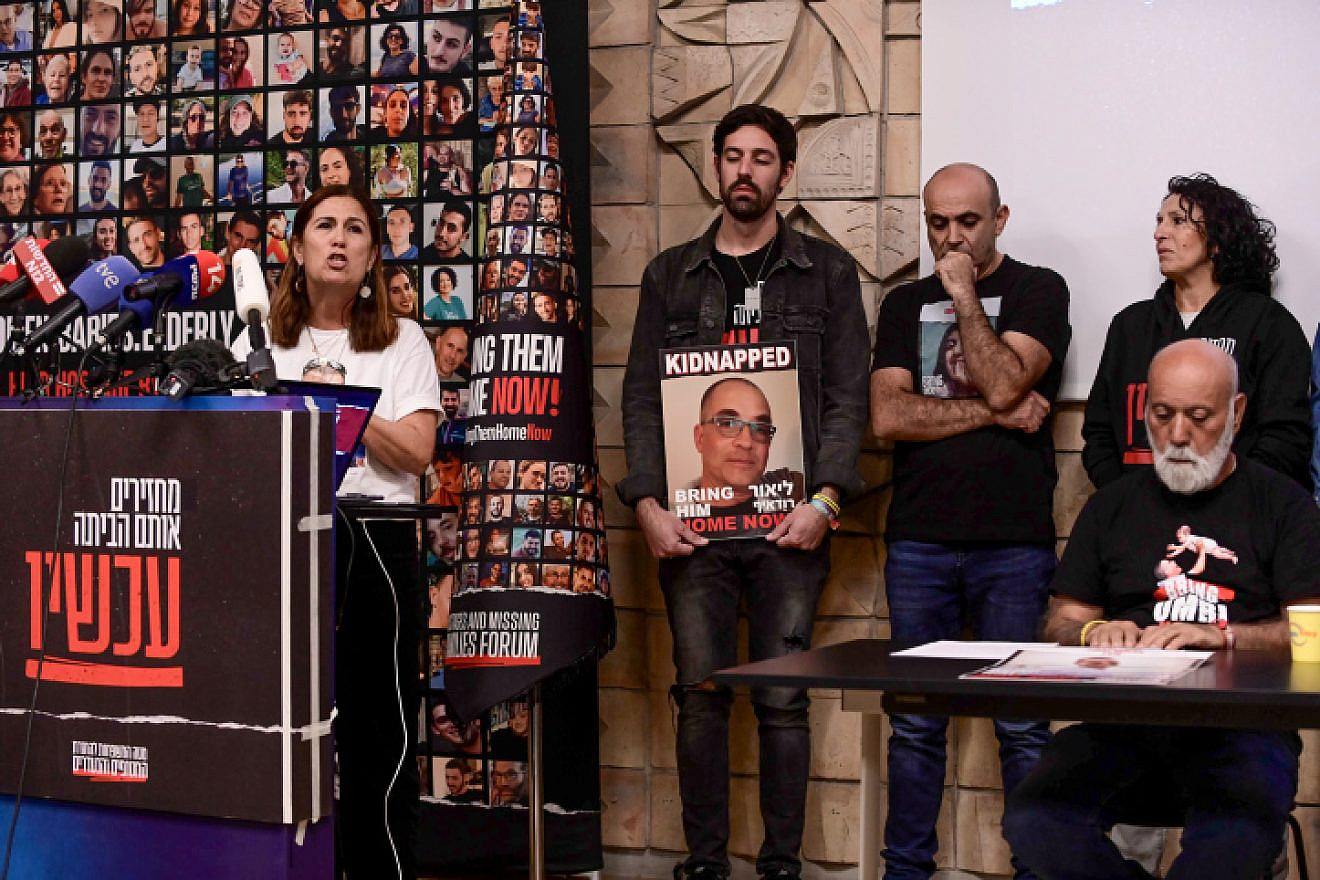“They may not have visible injuries but their souls are wounded,” Dr. Moshe Ashkenazi, the deputy director of the Edmond and Lily Safra Children’s Hospital at the Sheba Medical Center, Ramat Gan, told JNS.
Eighty-four women and children were released by Hamas last week as part of a week-long ceasefire agreement with Israel.
“In the first hours [after their release], we listened to them and gave them space, we tried to restore their sense of control,” said Ashkenazi.
“For 50 days, they had no say. They were told what to eat, when to stand, and when to use the bathroom. We wanted them to dictate the rhythm of their interaction and feel in control of their lives again,” he added.
Dr. Havatzelet Yarden-Bilavsky, senior physician at Schneider Children’s Medical Center, Petach Tikva, who treated 19 released children, said the physical condition of the former captives was evidence of terrible neglect.
“They lost about 7% to 15% of their body weight. They had lice problems and insect bite marks, which show that hygiene was very low. They were pale and had terrible expressions on their faces of terror and sadness.” Yarden-Bilavsky told JNS.
“Some of them also suffered wounds from the Oct. 7 Hamas violence, which were left untreated,” Yarden-Bilavsky added.
On Oct. 7, Hamas sparked a war with Israel by invading Israeli towns and villages bordering the Gaza Strip, killing 1,200, wounding thousands and kidnapping some 240 Israelis and foreign nationals. While 110 Israelis and foreign nationals were returned as part of the ceasefire, 137 Israelis and foreign nationals are still being held by Hamas terrorists, including 20 women and two children.
As more reports emerge of physical and mental abuse, including reports of children being beaten, starved, drugged, held at gunpoint and forced to watch footage of the massacre, Yarden-Bilavsky is anxious about those still held in Gaza.
“The emotional trauma is tremendous and the longer they are immersed in it, the longer it will take for them to heal and get back to normal life,” she said.
While she described displays of affection and joy among reunited families at the hospital, Yarden-Bilavsky also mentioned more sober reunions and highlighted signs of anxiety and other symptoms among the former captives.
“I saw terrorized children and parents shocked by their traumatized children. It’s unimaginable what these children and family have been going through,” she said.
“Some of them did not want to eat anything, others overate. Some had night terrors and are very anxious around strangers,” she added.
For some, the euphoria of the reunion with their family was soon followed by grief upon learning of the loss of a relative.
Moran Aloni, whose sisters Danielle and Sharon and three nieces, Emilia, Emma and Yuli, were returned from captivity, described the conditions in which they were held and some of the after-effects in a press briefing organized by Media Central and the Hostages and Missing Families Forum.
“Danielle and Emilia were moved from place to place. In one place they were forced to whisper for days. Children were unable to laugh, cry or shout,” said Aloni.
He related that Danielle and Emilia were held along with 10 other people in a tiny room with rare visits from their captors—never knowing if they would live to see another day.
Sharon and her 3-year-old twin daughters Emma and Yuli are unable to sleep most nights, he said, while Emilia, Danielle’s daughter, does not let her mother go anywhere without her.
Similarly, Hen Avigdori, who also participated in the briefing said that his 12-year-old daughter Noam would not let him leave the house, and wakes up in the middle of the night screaming.
Ruth Weinberg, a clinical psychologist and psychoanalyst who has been working with survivors of the attacks, told JNS that “the stress of war can trigger somatic symptoms, related to sleeping and eating habits, as well as emotional outbursts.”
The young survivors’ “sense of reality and of themselves was broken on Oct. 7,” she said.
“They are at a time when they are developing their personalities and identities. They now have to go back to meeting people and playing outside, while feeling as though they are leaving their parents in a danger zone. They have to learn how to feel safe again,” she added.
Ashkenazi told JNS he strongly believes that the strong social background of the children’s families and the solidarity of the kibbutz system are pillars of strength that will increase the chances of a full recovery.
“I am optimistic. The support of their families and kibbutz members will play an important part in their recovery. It is essential that in the coming weeks, they get back to routine life. The routine will protect them,” said Ashkenazi.


























